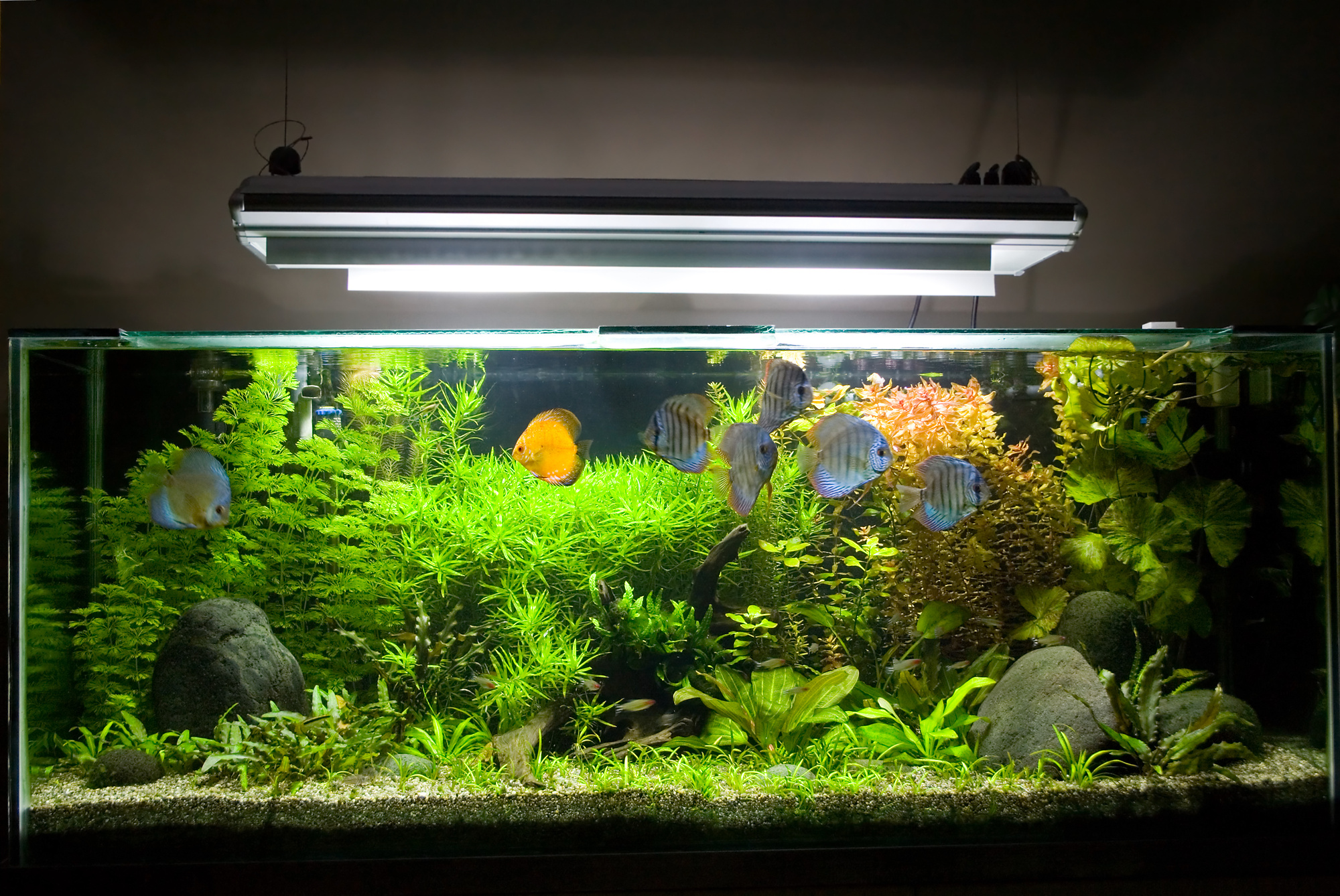Are you dealing with too many algae in your fish tank?
A common problem when you own an aquarium, no matter how small or large, is dealing with dreaded algae. It seems like a nuisance, but there’s no reason to lose hope in keeping your tank clean and beautiful!
Wondering what you can do to get rid of it?
Don’t worry; we gotcha. Here’s our ultimate guide on how to reduce algae in your aquarium!
Utilize Effective Water Filtration Systems
It is important to utilize effective water filtration systems to reduce algae in your fish tank. Install a hang-on-back filter or an aquarium canister filter to the inside back wall of your tank.
Ensure the filter includes activated carbon media, which absorbs impurities and excess nutrients in the water that encourage algae growth. Change filter cartridges according to the manufacturer’s instructions to keep the filter working efficiently.
Cut Back on Feeding Habits
Cutting back on feeding habits is an important way to reduce algae in a fish tank. Uneaten food will sit on the bottom of the tank, decomposing and contributing to the growth of algae.
Feeding the fish twice a day, and only providing the amount of food they can consume within 5 minutes, can keep them well-fed without creating excess waste.
Consider reducing the feeding frequency as well, such as only feeding the fish once every two days. This reduces the risk of uneaten food in the tank.
Reduce Light Exposure
Algae growth is largely linked to light, so limiting the amount of light that enters the tank can help. To do this, you should ensure you don’t leave your lights on for more than 8-10 hours a day.
You should also avoid exposing the tank to direct or bright lighting, which can lead to rapid algae growth. Additionally, you should try to keep your tank out of any areas with bright sunlight, such as near a window or door.
Monitor and Control Fertilizers and Nutrients
If you want to reduce algae in your fish tank, monitoring and controlling the fertilizers and nutrients you are adding to your tank is essential. Too much of these can cause algae blooms in fish tanks.
To reduce the number of algae, monitor the number of fertilizers, like nitrate and phosphate levels, which are food for the algae. If nitrate and phosphate levels are too high, don’t add more fertilizers.
Utilize Beneficial Bacteria and Algae-Eating Fish Species
Beneficial bacteria help keep the water clean, while algae-eating fish species help remove and control algae in your fish tank.
To set up beneficial bacteria in your fish tank, start with an initial ammonia cycle, then add live bacteria, like Nitrosomas, Nitrobacter, and Nitrospira, which can be purchased from a local pet store.
When adding algae-eating fish species, shop here and opt for species that graze on algae throughout the day.
Start to Reduce Algae Now
Overall, preventing algae growth in your fish tank is a simple process requiring little upkeep and care.
Following the steps outlined in this article will help you keep your tank clean and clear of algae. Remember, the best way to reduce algae in your tank is to stay ahead of it with regular tank maintenance!
Did you find this article helpful? Check out the rest of our blog.
